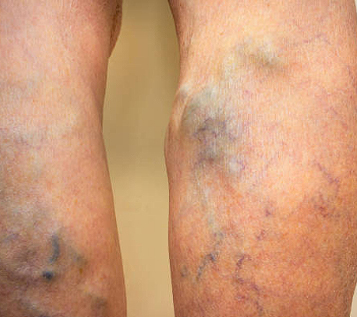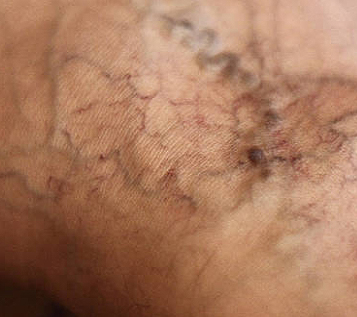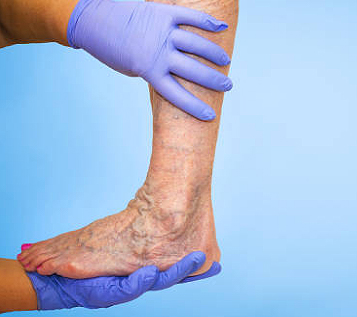You may be surprised to learn just how many people suffer from a variety of vein issues. The current numbers reflect an estimated 30 percent of the population. You are definitely not alone.
Several of these conditions are not accompanied by visible veins. They require an ultrasound test to detect them. But whether or not you can see your veins, they may cause aching, throbbing, swelling, restlessness or ulcers.
The visible vein problems tend to bother people the most, but they mostly involve cosmesis. These bothersome veins age you far beyond your years. They make you want to hide indoors, under clothing or behind cosmetics. Visit an experienced Manhattan vein doctor to get medical treatment to treat these vein problems.




